Fermenting Vegetables 101: The Ancient Art of Preservation
Primal Edge Health participates in the Amazon Services LLC Associates Program and other affiliate programs and therefore, may collect a share of sales or other compensation from the links on this page. This comes at no additional cost to you, and all the prices and availability are accurate at the time of publishing.
Curious about fermented food? Chances are you’ve eaten it jafor years; sauerkraut on the side, pickles on your burger or a tall glass of kombucha. Discover the benefits of fermentation, and learn how to get started fermenting vegetables at home.
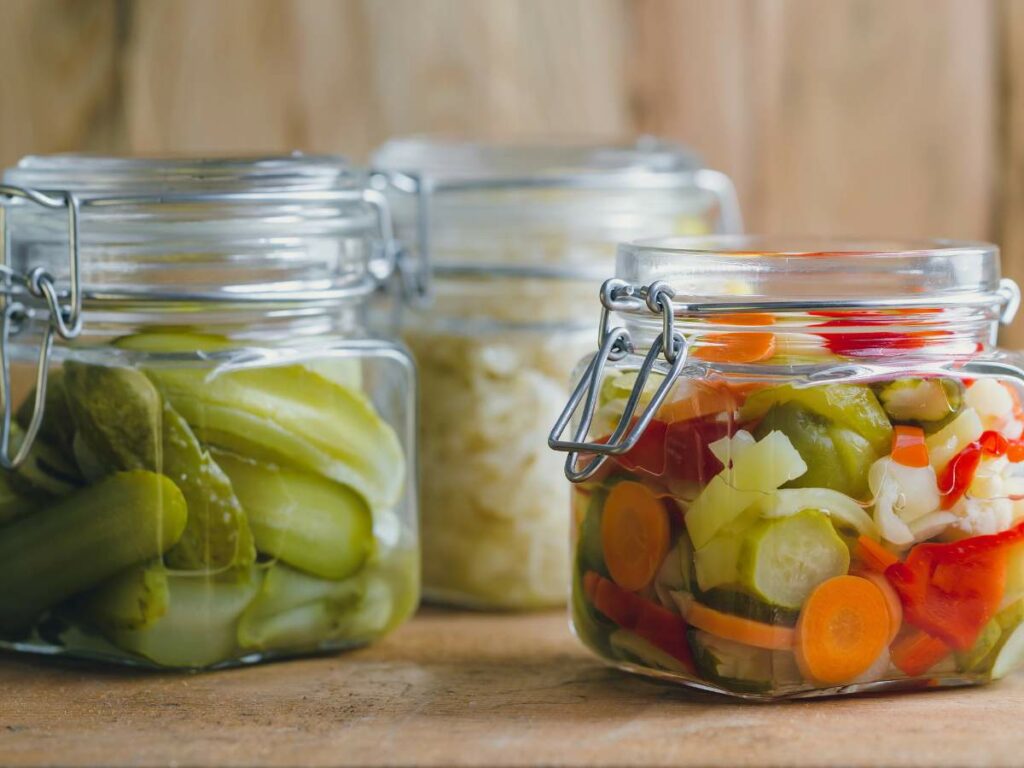
Table of Contents (click to view)
What Is Fermenting?
Fermenting vegetables is an ancient food preservation technique used across the world. Like water bath canning, another method of preserving food without freezing or canning, you may safely store fermented food for months or even years.
The basic fermented foods definition is foods or beverages produced through controlled microbial growth and the conversion of food components through enzymatic action.
Fermenting vs Pickling
Andy Herneisen of Penn State notes that fermentation occurs when good bacteria and yeast act on the natural sugars in vegetables to produce acid. With pickling, on the other hand, vinegar produces the acid. Fermented vegetables may last up to six months when refrigerated, while canned pickled vegetables may last even longer.
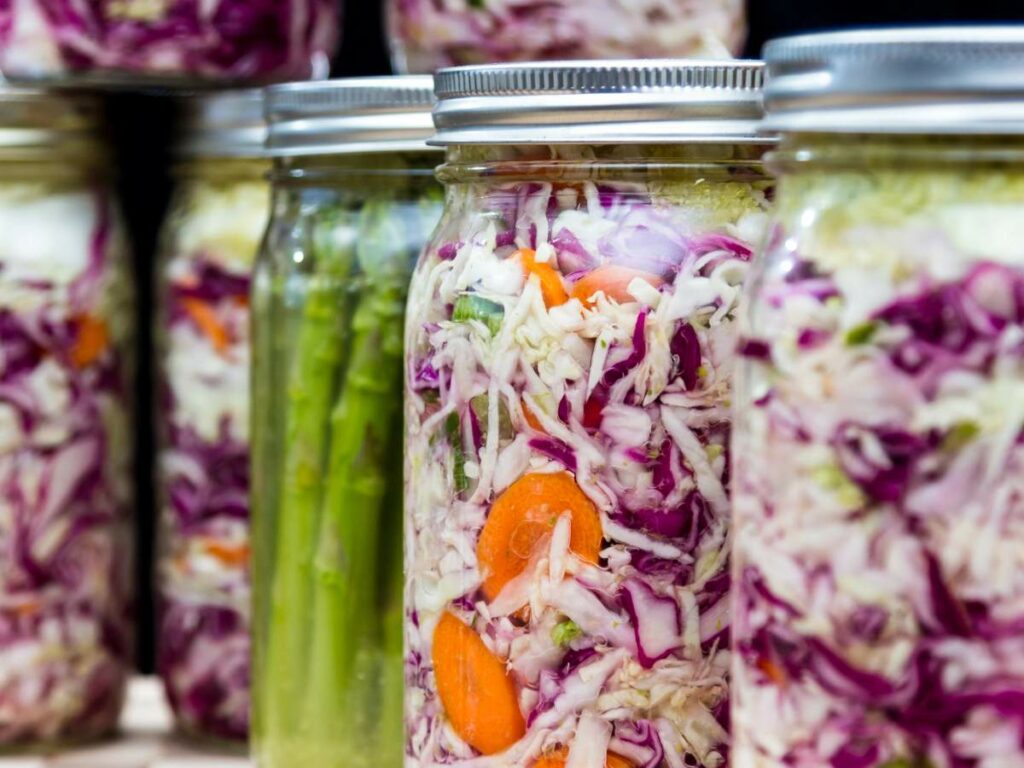
Benefits of Fermenting Vegetables
Learning how to ferment at home is easy and may benefit your health and wallet. Some ways fermented vegetables may help you include:
Boost Your Gut Health
Fermented foods are rich in probiotics, which are beneficial bacteria that support a healthy digestive system. Incorporating fermented vegetables into your diet can improve your gut health, enhance digestion, and strengthen your immune system.
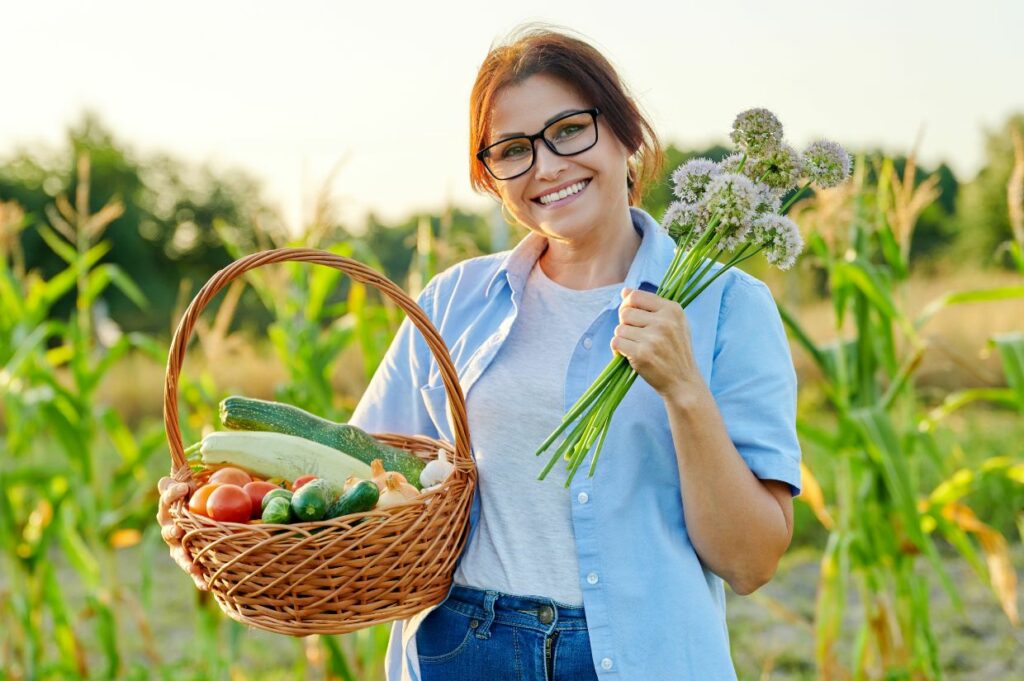
Preserve Your Garden Harvest
Fermenting is an inexpensive way to preserve your garden harvest without relying on electric appliances like fridges or freezers. This method extends the shelf life of your vegetables so you can enjoy your homegrown produce year-round.
Enhance Your Meals
Fermented vegetables add unique flavors and textures to your meals, making them more enjoyable and diverse. From tangy pickles to spicy kimchi, these delicious additions can elevate any dish and introduce exciting culinary experiences to your palate. For me, I love a nice helping of sauerkraut with my blackened pork chops!
Fermenting veggies has enjoyed a recent resurgence in popularity. According to Yelp, an online directory, searches for “pickle flavored food” were up 55 percent in 2023.
“I took a class on making kombucha at home and immediately became obsessed with all things kombucha, especially coming up with fresh flavors. Fermenting was easier than I thought it would be. The class helped to break things down in a helpful, friendly way.”
— Susannah Brinkley Henry, Feast + West
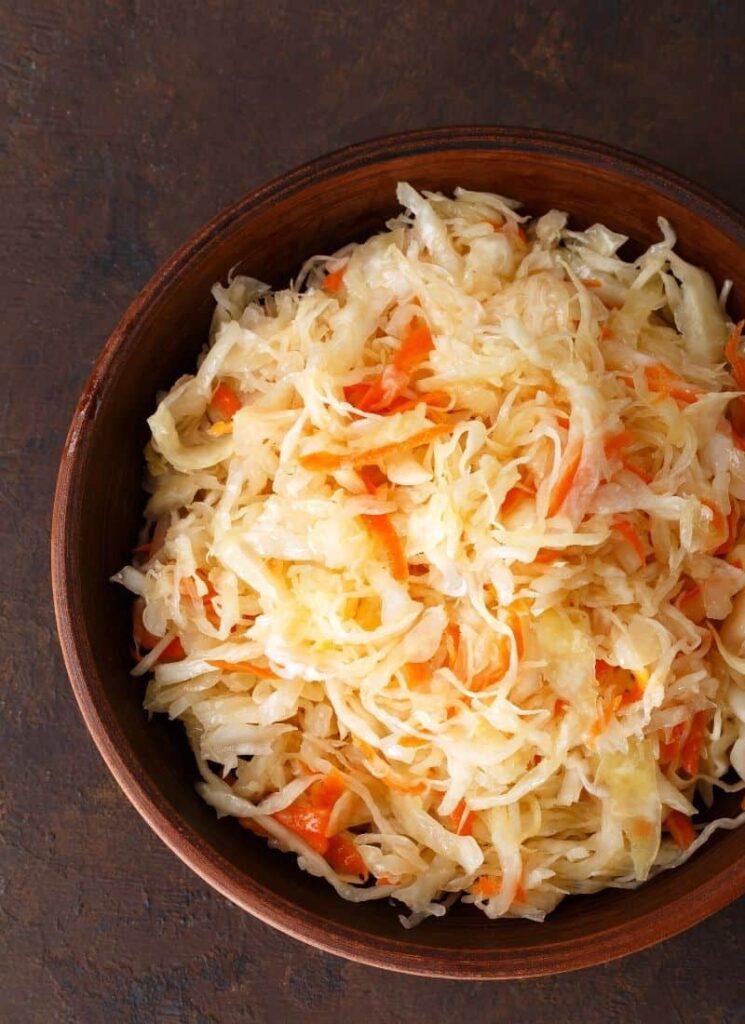
Popular Fermented Foods
Not sure what foods are fermented vs. pickled? Or are you not familiar with fermented foods that much? You’ve tasted fermented foods if you’ve eaten or sipped the following:
- Yogurt
- Wine
- Beer
- Sourdough bread
- Kombucha
- Sauerkraut
- Kimchi
- Tempeh
- Natto
- Miso
How Fermenting Works
Through fermentation, bacteria and yeast break down the sugars in vegetables. This process, lacto-fermentation, produces lactic acid, which acts as a natural preservative. Lactic acid gives fermented foods a tangy flavor and enhances their nutritional value with higher vitamin levels and probiotics for gut health.
To ferment your veggies successfully, you must create an anaerobic environment (without oxygen) so the good bacteria can thrive while harmful ones are kept at bay.
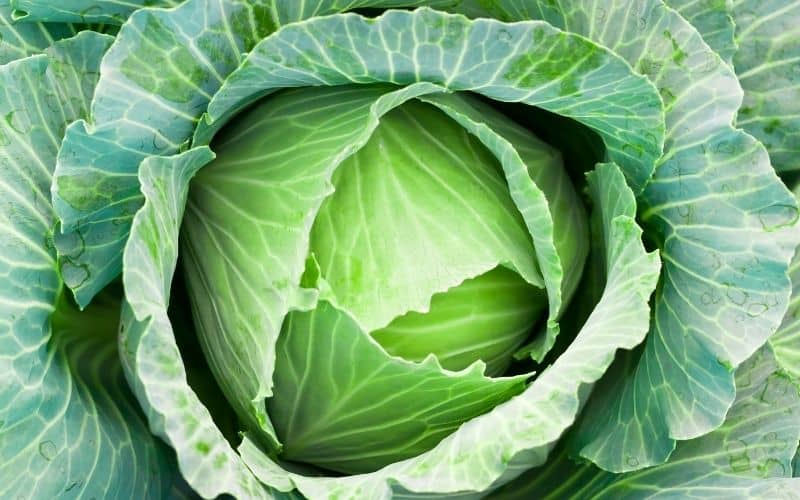
How to Ferment Vegetables
Fermenting is a straightforward process. Begin by choosing a simple, proven recipe from a trusted source, like this one for dill pickles.
“I love making homemade sauerkraut. The fresh, crispy crunchy flavor is so delicious in sandwiches and all by itself. Once I discovered how easy fermenting was, I started trying to ferment everything.”
— Laura Sampson, Little House Big Alaska
Fermenting Equipment
First things first, gather your fermenting equipment. Fermentation equipment is pretty basic. Here’s what you’ll need:
- Wide-mouth glass jars or fermentation crocks to hold your veggies during the fermentation process.
- Weights to submerge the vegetables in brine. Use a small plate or even clean rocks.
- Non-iodized salt, such as sea salt.
- Filtered water.
- Fresh organic vegetables picked within the past 24 hours. Choose from favorites like cabbage for sauerkraut or cucumbers for pickles and pickle relish.
Wash all your fermenting equipment and supplies thoroughly with hot water.
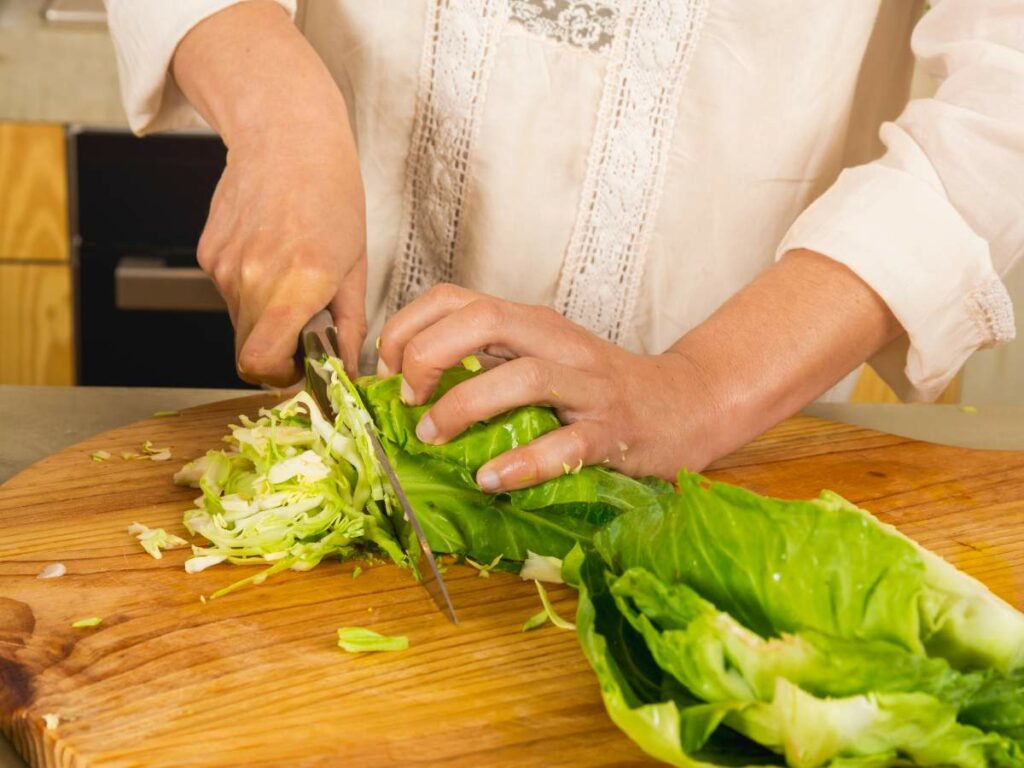
Prepare Vegetables
Choose fresh vegetables from your potager garden or local farmer’s market. Opt for firm, crisp vegetables free from bruises or mold, and whenever possible, select organic or pesticide-free produce to avoid harmful chemicals.
Before you start fermenting, clean your veggies thoroughly to remove any dirt or bugs. Don’t forget to dry them thoroughly to prevent excess water from diluting your brine.
Cut your vegetables into uniform pieces. Doing so will allow each piece to ferment nicely.
Prepare Brine
The brine is the salty liquid that covers the vegetables. Regarding salting, choose pickling or high-quality sea salt without additives. Don’t use iodized table salt, as it interferes with fermenting. Use dry salt or make a brine by combining the salt with water.
Add the required herbs or spices from your recipe. Popular choices include garlic and ginger, which add a robust and spicy kick. Dill is often used in pickles for its fresh, tangy taste, while bay leaves and mustard seeds contribute to the complexity and depth of flavor. Other options include:
- Caraway seeds
- Cumin seeds
- Basil
- Oregano
- Thyme
- Red pepper flakes
- Whole chili peppers
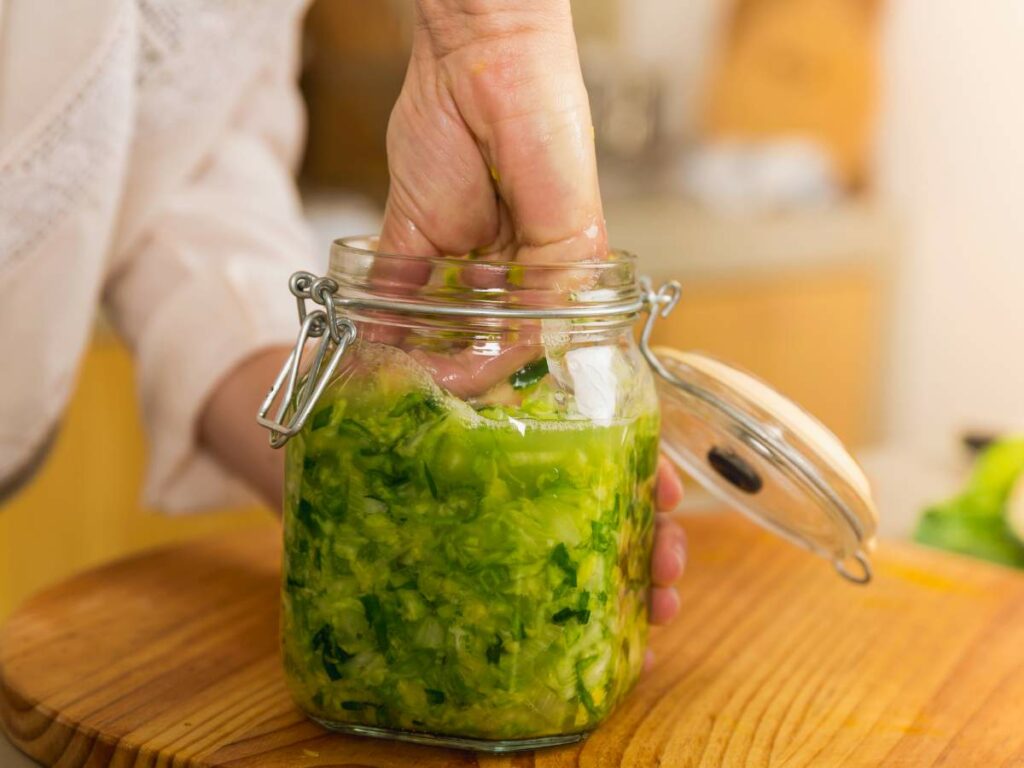
Soak Vegetables and Store
Place prepared vegetables in the fermenting crock and cover them entirely with brine. Weigh the veggies down with your plate or rock. Then, set your crock in a cool, dark place at 70 to 75 F.
The fermentation time depends on the recipe you use and may take anywhere from a week to several weeks. It depends on the temperature, the size of each veggie piece, and the vegetable itself. You should find this information in your chosen recipe.
For more information on fermentation, including recipes, salting techniques and ratios, visit the National Center for Home Food Preservation. I highly advise to read up on proper fermentation times to ensure the safety of your food!
Fermented Vegetable Tips
To keep your fermented foods safe for longer, keep them in sealed containers, which provide an oxygen-free environment. Ensure the vegetables remain covered with brine. Store the containers in a fridge or a cool dark area like a closed pantry, basement or cupboard.
You can also freeze veggies before fermentation, such as when you want to ferment vegetables from different seasons. For example, you can freeze cabbage to make sauerkraut with fresh carrots later.
Enjoy fermented veggies as a tasty snack, side dish, or in your favorite recipes. For example, add pickled cucumbers to canned tuna or fermented carrots to salads for a flavorful twist.
Remember to follow proven food preservation techniques to avoid creating contaminated and unsafe food. Invest in a book like the “Ball Complete Book of Home Preserving” for detailed, step-by-step instructions for safe fermentation methods.
As a general rule, fermented food is not safe to eat if it has a foul odor, visible mold (other than the usual white, harmless kind), unusual color changes, slimy texture, or an off taste. If in doubt, it’s best to discard it.
Ferment to Preserve Healthy Vegetables for The Long Term
Fermenting vegetables is an inexpensive and straightforward way to preserve your garden harvest and add healthy probiotics to your diet. With just a few supplies and patience, fermenting veggies at home is easy.
Want to learn more about fermenting and the benefits of fermented food? Explore more of Primal Edge Health today!
Portions of this article originally appeared on Food Drink Life


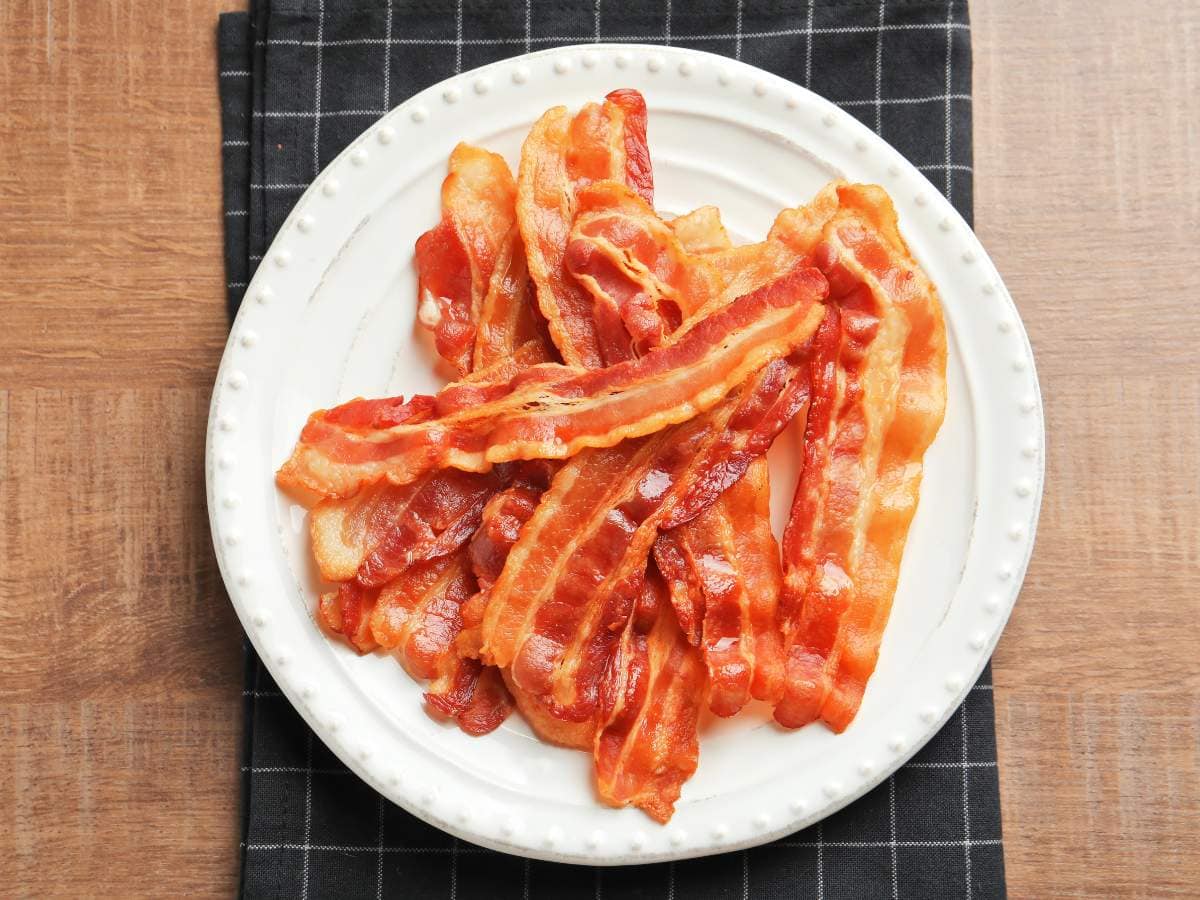
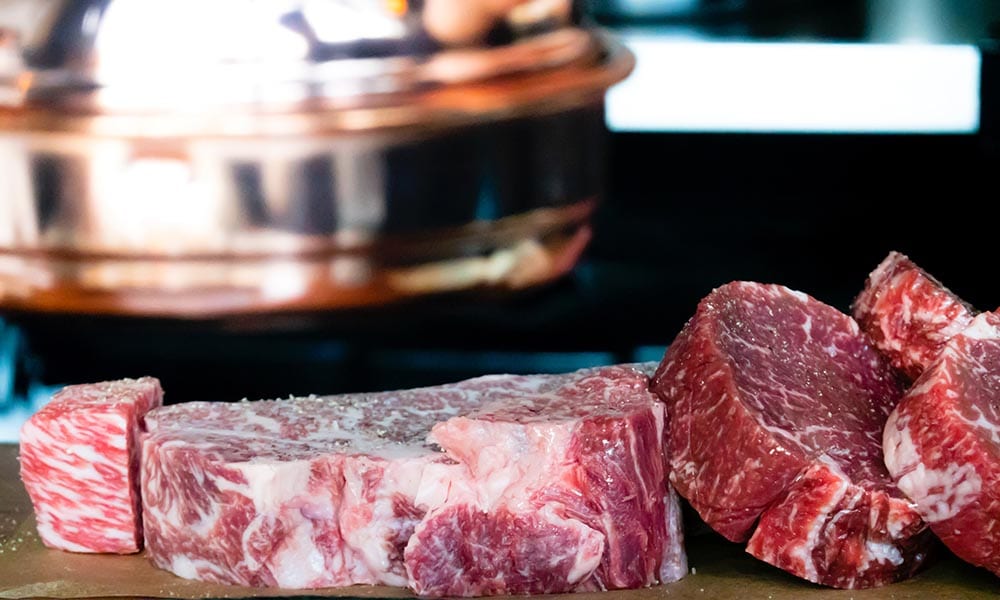
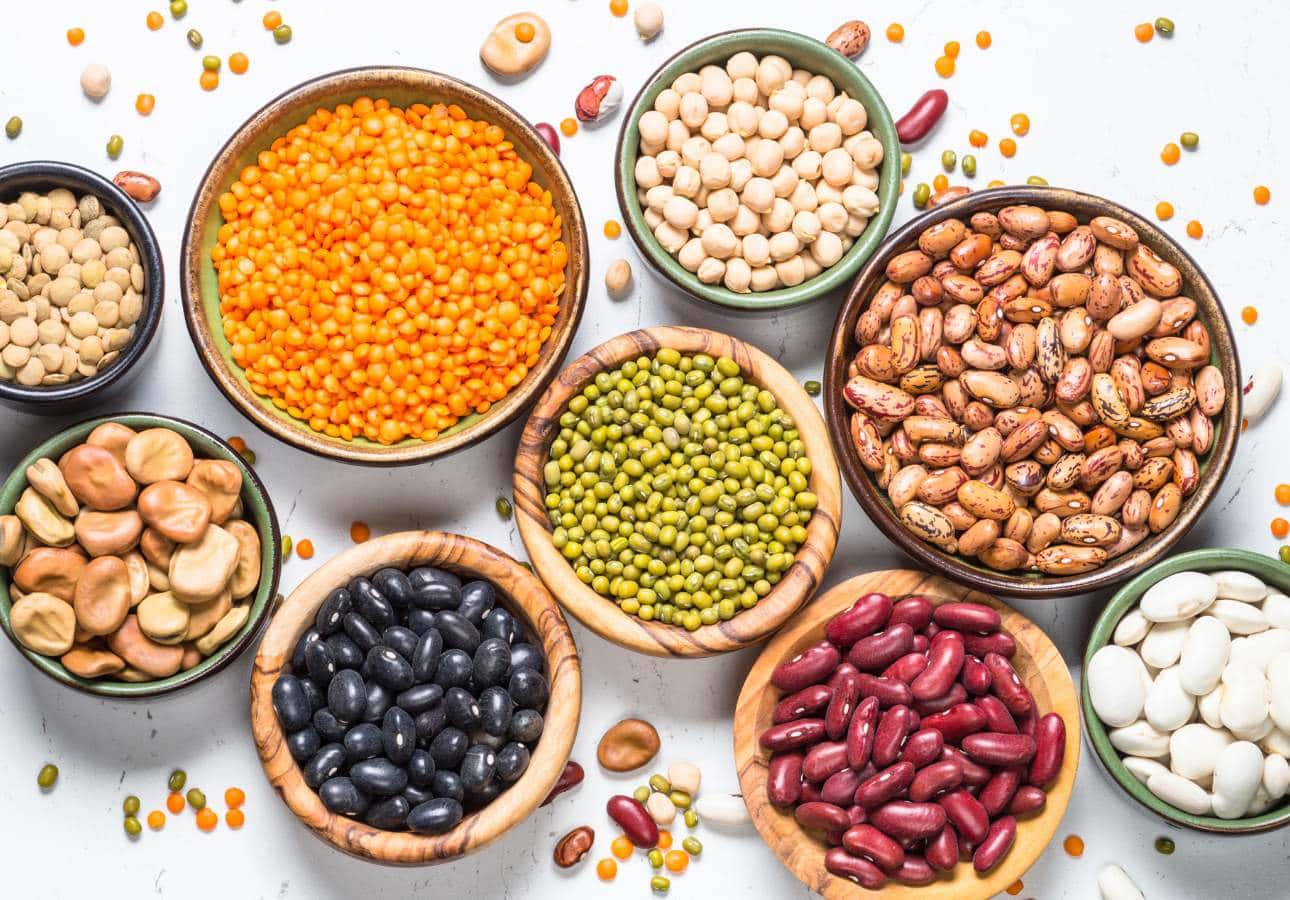

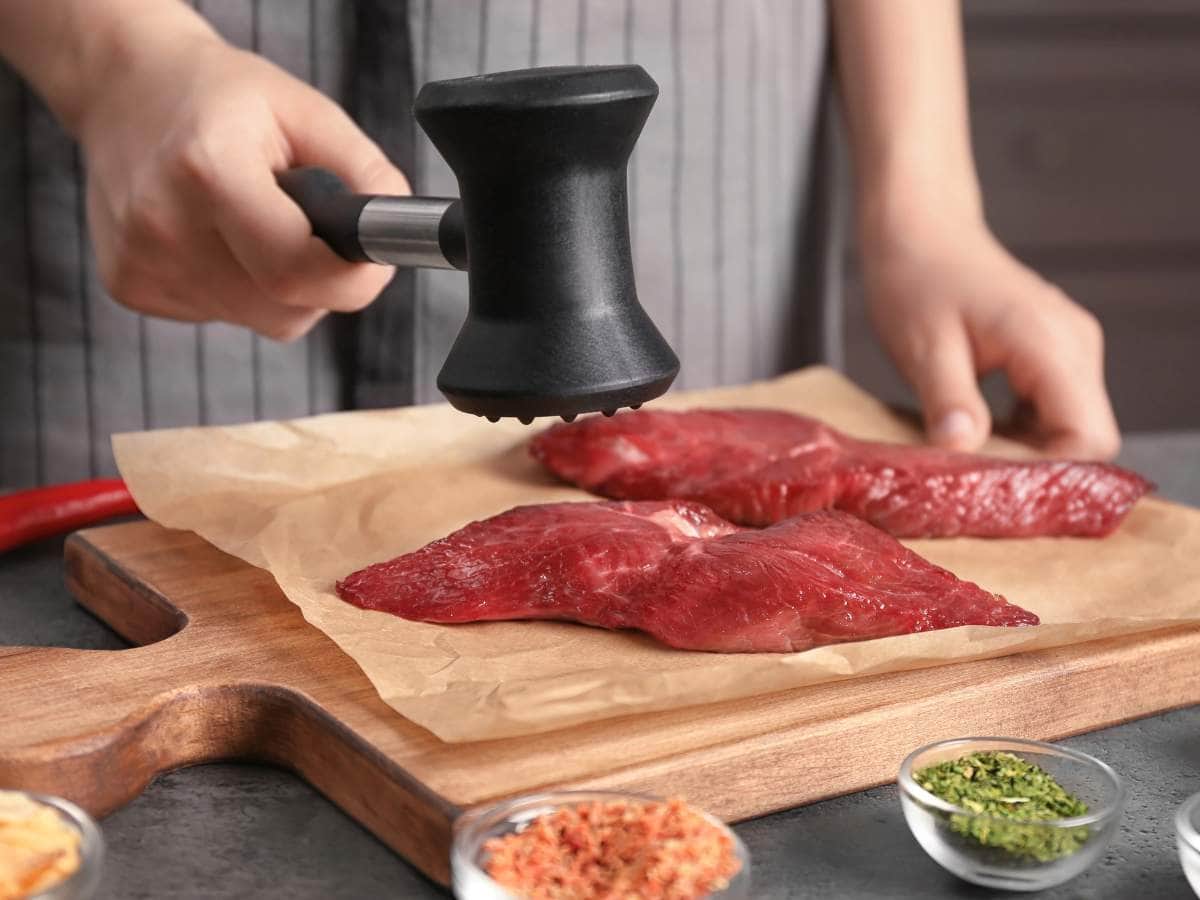
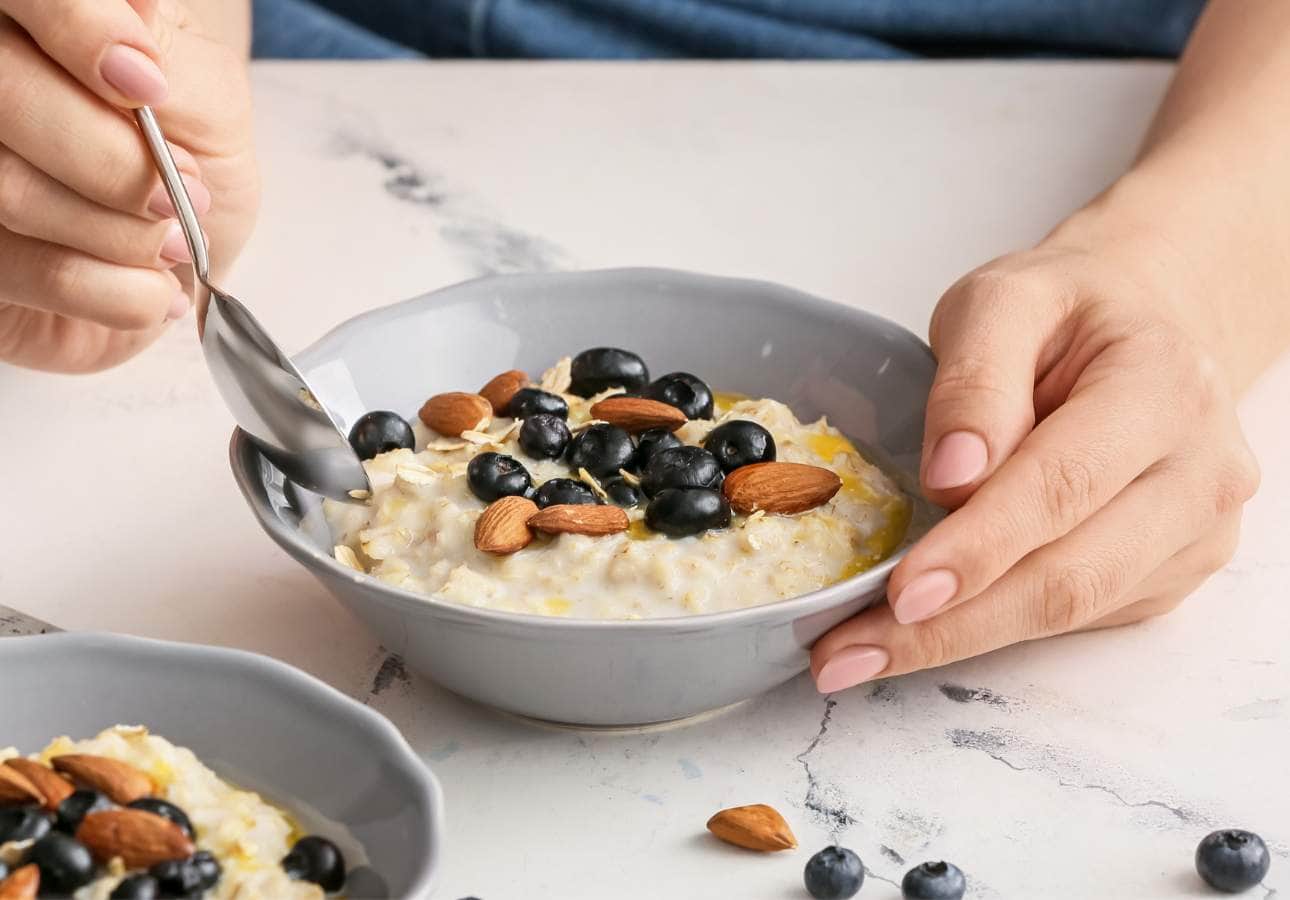
I can’t wait to try fermenting my backyard vegetables for the first time!
I hope it goes well, Margaritta. Good luck!